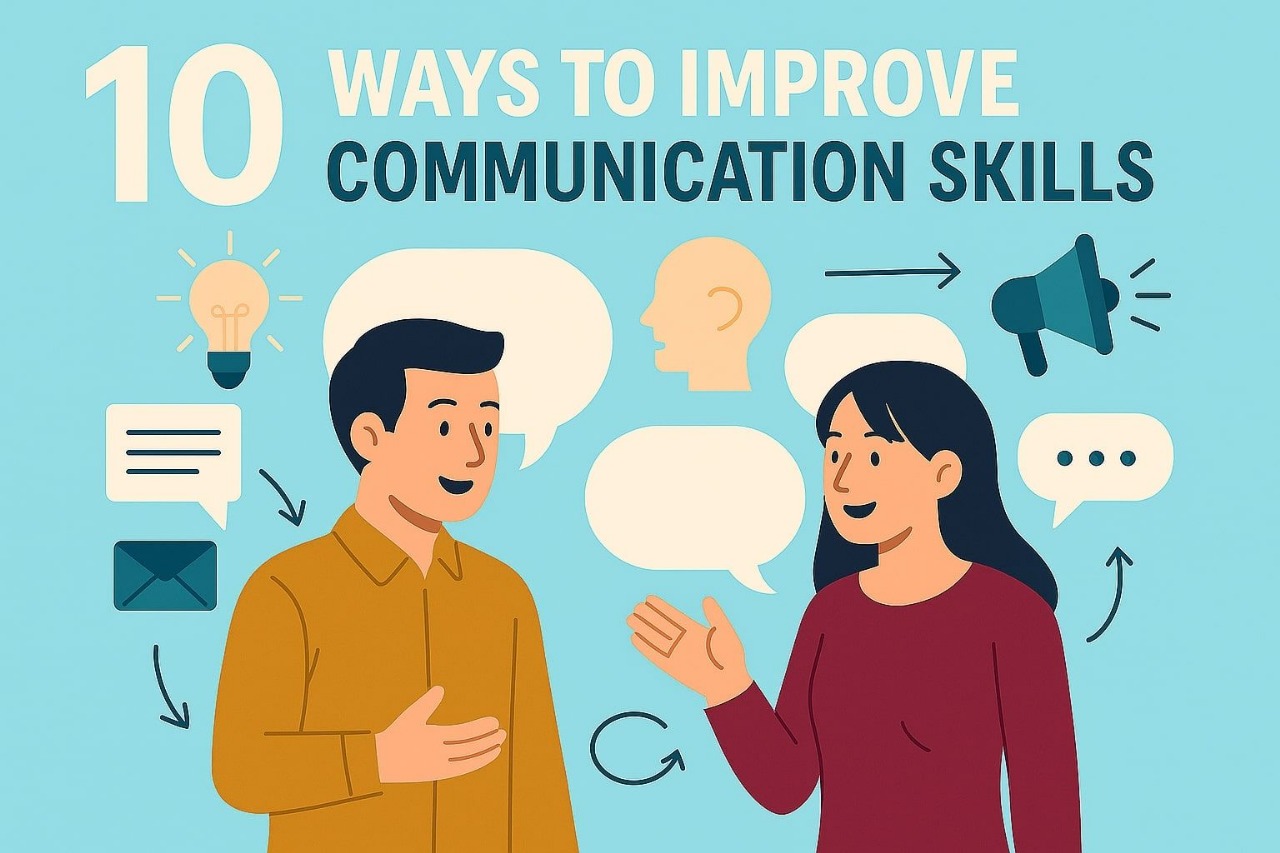
Follow WOWNEWS 24x7 on:
Updated: June 28, 2025 18:41

In a world where attention spans are shrinking and clarity is currency, strong communication skills are no longer optional—they’re essential. Whether you're pitching an idea, leading a team, or simply trying to be understood, how you communicate can make or break your message. The good news? You don’t need months of training to improve. With a few intentional shifts, you can start seeing results almost immediately.
Here’s a practical, example-rich guide to help you sharpen your communication skills—fast.
1. Listen Without Interrupting
- Active listening is the foundation of effective communication
- Example: In a team meeting, instead of jumping in with your opinion, wait until the speaker finishes, then paraphrase their point to confirm understanding
- Tip: Use cues like nodding or saying “I see” to show engagement
2. Think Before You Speak
- Pausing for a moment helps you choose words wisely and avoid emotional reactions
- Example: When receiving critical feedback, take a breath before responding to avoid sounding defensive
- Tip: Count to three silently before replying in tense situations
3. Use Simple, Clear Language
- Avoid jargon and long-winded explanations
- Example: Instead of saying “We need to synergize our cross-functional capabilities,” say “Let’s work together across teams”
- Tip: Aim for clarity, not complexity
4. Match Your Tone to the Message
- Your tone should reflect the intent of your message
- Example: Use a calm, empathetic tone when discussing a mistake with a colleague, rather than sounding accusatory
- Tip: Record yourself to hear how your tone comes across
5. Master Non-Verbal Cues
- Body language, eye contact, and facial expressions speak volumes
- Example: During a presentation, maintain eye contact and avoid crossing your arms to appear open and confident
- Tip: Practice in front of a mirror or record a video to assess your posture and gestures
6. Ask Questions That Invite Dialogue
- Open-ended questions encourage deeper conversations
- Example: Instead of “Did you like the proposal?” ask “What stood out to you in the proposal?”
- Tip: Use “what” and “how” questions to keep the conversation flowing
7. Practice Empathetic Communication
- Show that you understand and care about the other person’s perspective
- Example: “I can see this deadline is stressing you out—how can I help ease the load?”
- Tip: Acknowledge emotions before offering solutions
8. Use Stories to Make Your Point
- People remember stories more than facts
- Example: When pitching a product, share a customer success story instead of just listing features
- Tip: Keep stories short, relevant, and emotionally resonant
9. Give and Receive Feedback Gracefully
- Constructive feedback builds trust and growth
- Example: “I liked how you structured the report. One suggestion—consider adding a summary at the top for quick reference.”
- Tip: Use the “praise-suggestion-praise” sandwich method
10. Practice, Reflect, Repeat
- Communication is a skill—like any other, it improves with repetition
- Example: After a meeting, jot down what went well and what could be better next time
- Tip: Role-play scenarios with a friend or mentor to build confidence
In 2025, communication isn’t just about speaking well—it’s about connecting meaningfully. Whether you're in a boardroom or a Zoom room, these quick wins can help you become a more thoughtful, impactful communicator.
Sources: Naukri.com, GeeksforGeeks, IIM Skills, Intellipaat, Prezent.ai, MSN India, Times of India, LinkedIn Learning Insights 2025



